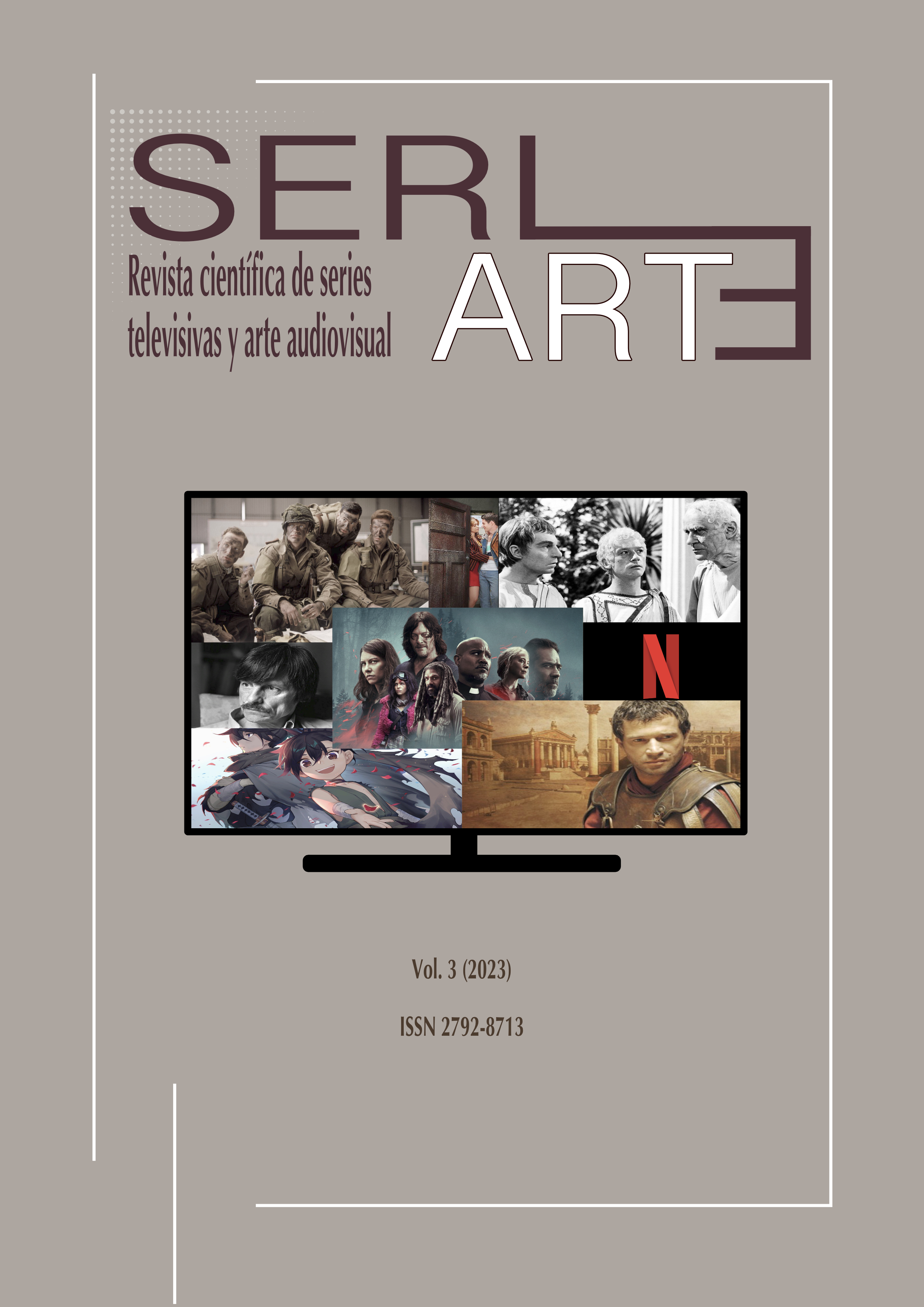Viviendo el periodo Sengoku con el anime Dororo
Contenido principal del artículo
Resumen
El pasado lleva siendo fuente de inspiración para las artes de Japón desde tiempos remotos. Empezando por el género literario de los gunki monogatari en el periodo Heian (794-1185/1192), pasando por las xilografías ukiyo-e del periodo Edo (1603-1868) y llegando hasta el cine jidaigeki del siglo XX, en la actualidad el anime histórico es el principal responsable de seguir enriqueciendo esta tradición artística. Es especialmente recurrente inspirarse en el periodo Sengoku (1467/1477-1603) o «era de los estados combatientes», caracterizado por la ausencia de un poder centralizado. Si bien las adaptaciones de esta época tienden a girar alrededor de personajes concretos, en el extremo opuesto tenemos el anime Dororo, desarrollado por el estudio MAPPA en 2019, adaptación actualizada de la serie homónima escrita e ilustrada por Tezuka Osamu, apodado el Dios del Manga. Consideramos que la relevancia de la obra original, unida a la calidad técnica y artística de esta versión animada, la convierten en el caso de estudio idóneo con el que acercar a las aulas no sólo el Medievo japonés, sino también el interés por otras culturas como la japonesa.
Descargas
Datos de publicación
Perfil evaluadores/as N/D
Declaraciones de autoría
Indexado en
- Sociedad académica
- Seriarte. Revista científica de series televisivas y arte audiovisual
- Editorial
- Ucopress. Cordoba University Press
Detalles del artículo
Citas
Antonio Pineda, Rafael (2022), «Tezuka's Dororo Manga Gets Japanese-S. Korean Vertical Comic Remake», Anime News Network, 26 de mayo. En: https://www.animenewsnetwork.com/news/2022-05-26/tezuka-dororo-manga-gets-japanese-s-korean-vertical-comic-remake/.186030 (fecha de consulta: 1-VII-2022).
Comic Natalie (2013), «永井豪×手塚治虫「どろろとえん魔くん」ゴラクで連載化» (Nagai Gō x Tezuka Osamu Dororo to Enma-kun goraku de rensai-ka; Serializan en Goraku Dororo to Enma-kun de Nagai Gō y Tezuka Osamu [t.a.]), Comic Natalie, 8 de febrero. En: https://natalie.mu/comic/news/84541 (fecha de consulta: 1-VII-2022).
Dororo Stage Official Website. En: https://www.dororo-stage.com/ (fecha de consulta: 1-VII-2022).
Hodgkins, Crystalyn (2012), «Ernesto Foronda Working on Film Adaptation of Dororo Manga», Anime News Network, 3 de mayo. En: https://www.animenewsnetwork.com/news/2012-03-05/ernesto-foronda-workin g-on-film-adaptation-of-dororo-manga (fecha de consulta: 1-VII-2022).
JAANUS, «Fudou Myouou». En: https://www.aisf.or.jp/~jaanus/deta/f/ fudoumyouou.htm (fecha de consulta: 1-VII-2022).
MAPPA y Tezuka Productions (2019), どろろ COMPLETE BOOK (Dororo COMPLETE BOOK [t.a.]), Tokio: MAPPA.
Mark Schumacher Encyclopaedia, «A to Z Photo Dictionary – Japanese Buddhist Statuary». En: https://www.onmarkproductions.com/ (fecha de consulta: 1-VII-2022).
Osaka Heritage Navigator, «八角円堂» (Hakkaku-en-dō [t.a.]). En: https://osaka-bunkazainavi.org/glossary/八角円堂 (fecha de consulta: 1-VII-2022).
Sauder, Mary Lee (2020), «How Important is Period Costume Accuracy in Historical Anime?», Anime News Network, 7 de diciembre. En: https://www.animenewsnetwork.com/feature/2020-12-07/how-important-is-period-costume-accuracy-in-historical-anime/.162605 (fecha de consulta: 1-VII-2022).
Tezuka Osamu Official, «どろろアニメ» (Dororo anime [t.a.]). En: https://tezukaosamu.net/jp/anime/37.html (fecha de consulta: 1-VII-2022).
Tezuka Osamu Official, «どろろマンガ» (Dororo manga [t.a.]). En: https://tezukaosamu.net/jp/manga/310.html (fecha de consulta: 1-VII-2022).
Tezuka Productions, «PS2どろろいよいよ9月、セガより発売» (PS2 Dororo iyoiyo kugatsu, Sega yori hatsubai; Sega por fin saca a la venta en septiembre Dororo para PS2 [t.a.]). En: https://tezukaosamu.net/jp/dir/mushi/200408/topics01.html (fecha de consulta: 1-VII-2022).
TOHO Co., «どろろMovie» (Dororo movie [t.a.]). En: https://www.toho.co.jp/ movie/lineup/dororo/credit.html (fecha de consulta: 30-VI-2022).
Tokyo Origami Museum, «おりがみの歴史» (Origami no rekishi; Historia del origami [t.a.]). En: https://www.origami-noa.jp/おりがみについて/おりがみの歴史/ (fecha de consulta: 1-VII-2022).
UNESCO, «Nōgaku theatre». En: https://ich.unesco.org/en/RL/ngaku-theatre-00012 (fecha de consulta: 1-VII-2022).






